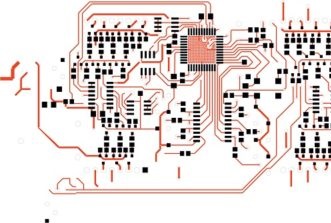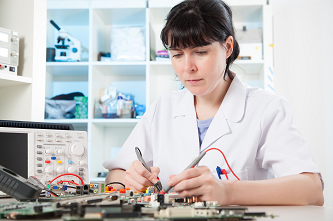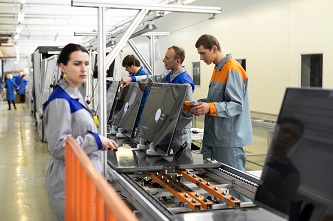This website uses cookies so that we can provide you with the best user experience possible. Cookie information is stored in your browser and performs functions such as recognising you when you return to our website and helping our team to understand which sections of the website you find most interesting and useful.
Bionic E-Skin Boosts Robotic Perception with Droplet Sensing
Researchers have developed a groundbreaking electronic skin, known as e-skin, that can mimic the human ability to sense the sliding behavior of liquid droplets. This innovative technology, detailed in a paper published in Nature Communications, has the potential to significantly enhance the capabilities of intelligent robots in perceiving and interacting with droplet environments.
The lead author of the study, Yunlong Xu, explains, "Our droplet e-skin (DES) is designed to enhance the ability of intelligent robots to sense droplet environments, reducing the gap between robotic e-skin and human skin in droplet perception. This is because there is currently no e-skin that deeply perceives the sliding behavior of liquid droplets."
Human skin has a remarkable ability to detect the movement of liquid droplets, particularly useful in tasks conducted in wet conditions. To replicate this sensory function in their e-skin, the researchers drew inspiration from a common phenomenon - the motion of a soccer ball rolling on a tiled floor.
Xu acknowledges the collaborative effort involved in developing the e-skin, stating, "This work was mainly carried out by the team from Donghua University, with the experimental optimization and paper revision by Chengkuo Lee and Zhongda Sun from the National University of Singapore, as well as help from Zhiqing Bai with revising the paper. Our e-skin operates on a triboelectric mechanism, involving contact electrification and electrostatic induction between the droplet and the e-skin."
The e-skin's ability to convert dynamic droplet sliding behaviors into electrical signals, which are then transmitted to an indicator, marks a significant advancement in the field of robotics and sensory technology. By bridging the gap between robotic and human skin capabilities in droplet perception, this technology opens up new possibilities for applications in various industries, from healthcare to manufacturing.














